Ballentine Place, et al. (Overall Winner)
Location
Unincorporated Covina Islands
City or County Responsible for Project
Los Angeles County
Category
Roads: Efficient and Sustainable Road Maintenance, Construction and Reconstruction Projects.
Author
Leslie Schenk
Los Angeles County Public Works
900 South Fremont Avenue, Alhambra, CA 91803
(626) 458-5946
Project Description
Los Angeles County Public Works has utilized sustainable pavement treatments with remarkable success since 2008 and continues to preserve and improve the quality of roads in a cost effective and environmentally responsible way. The statewide mandate (AB32) to reduce greenhouse gas (GHG) emissions and limited budgets were key motivators for developing our sustainable approach that (1) focuses on preserving roads in good condition; (2) using recycled materials in pavement treatments; and (3) reutilizing materials in-place when reconstructing roads. The Ballentine Place Project (Project), completed in December 2018, showcases the benefits when properly applying this sustainable approach. Within the residential part of the unincorporated community of Covina Islands, the pavement condition of nearly 5.5 miles of residential roads (903,000 square feet) was rated as poor and exhibited widespread distresses, localized base failure, and yielding subgrade. Reconstruction of the roads was considered as the best solution for the neighborhood. The traditional reconstruction method of removing and replacing the existing road materials was estimated to cost $5.8 million. The County’s proposed sustainable reconstruction approach method of reutilizing the in-place materials was estimated to save $3.3 million and achieved significant environmental benefits. The Project included removing the top three inches of the existing asphalt concrete (AC) for use in the Cold Central Plant Recycling (CCPR) process; cement stabilizing the remaining AC, base, and subgrade; placing the removed three inches of reclaimed asphalt pavement using the CCPR process on the cement stabilized base material; and constructing one and a half inches of Asphalt Rubber Hot Mix (ARHM) on the CCPR AC. This method required less construction workdays, mitigating traffic impacts. Environmental benefits included a 47 percent reduction in GHG emissions, 61 percent reduction in energy consumption, and 33,000 cubic yards of landfill reduction. The ARHM placed as the wearing surface resulted in 15,500 scrap tires being diverted from a landfill. The cost savings of $3.3 million was reinvested to improve other County roads. In addition, the Project incorporated vegetated bioswales to facilitate storm water infiltration. This innovative feature creates permeable surfaces which replenish groundwater and improve water quality. It also reduces the volume of water that enters the storm drain system. In summary, the Project improved the overall quality of the Los Angeles County’s road network in a cost effective and environmentally friendly way. The County’s three-pronged approach is a straight forward formula for addressing the issues of limited funding and reducing GHG in a practical manner. Our experiences with these sustainable treatments have direct benefits to our constituents.

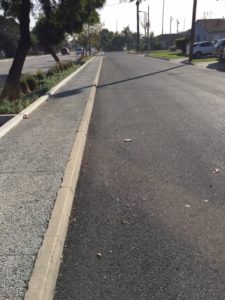
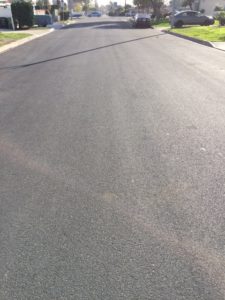
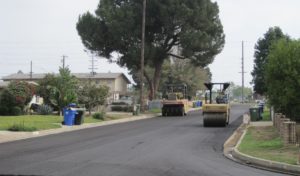
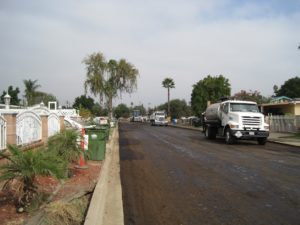
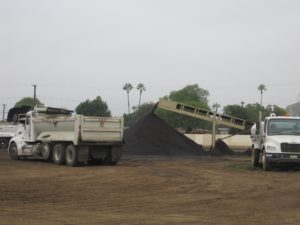
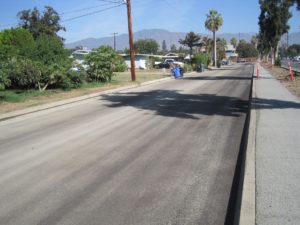
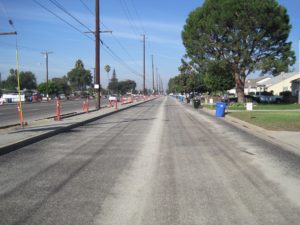
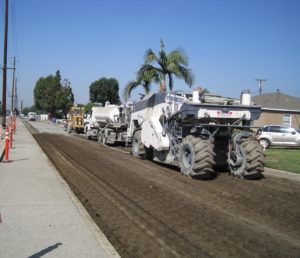
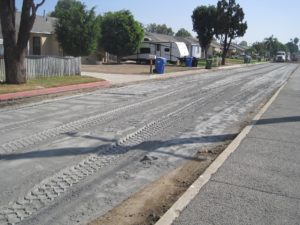
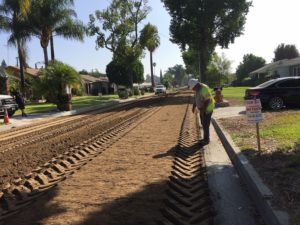
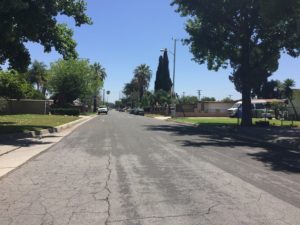
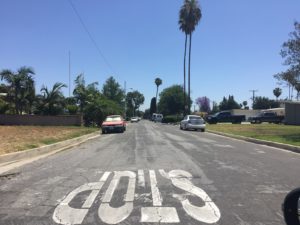
Add Comment